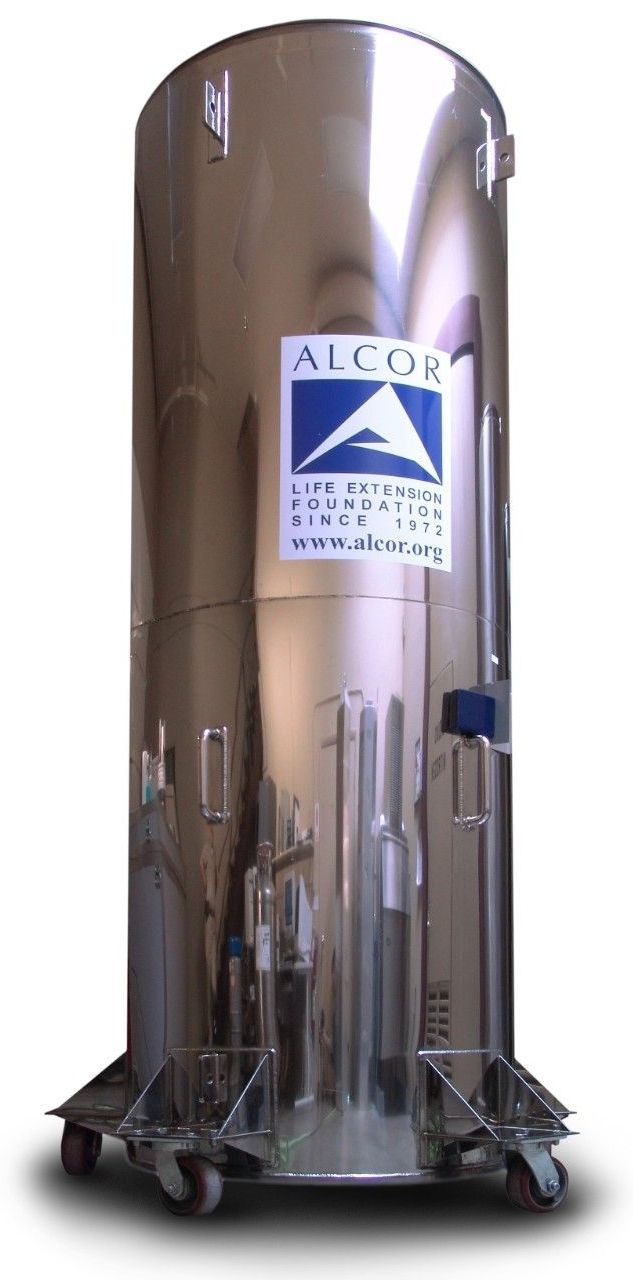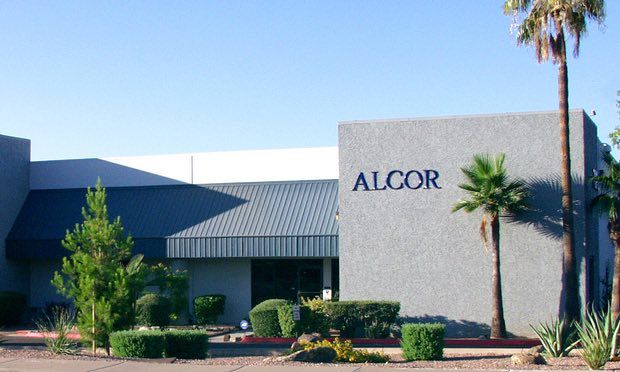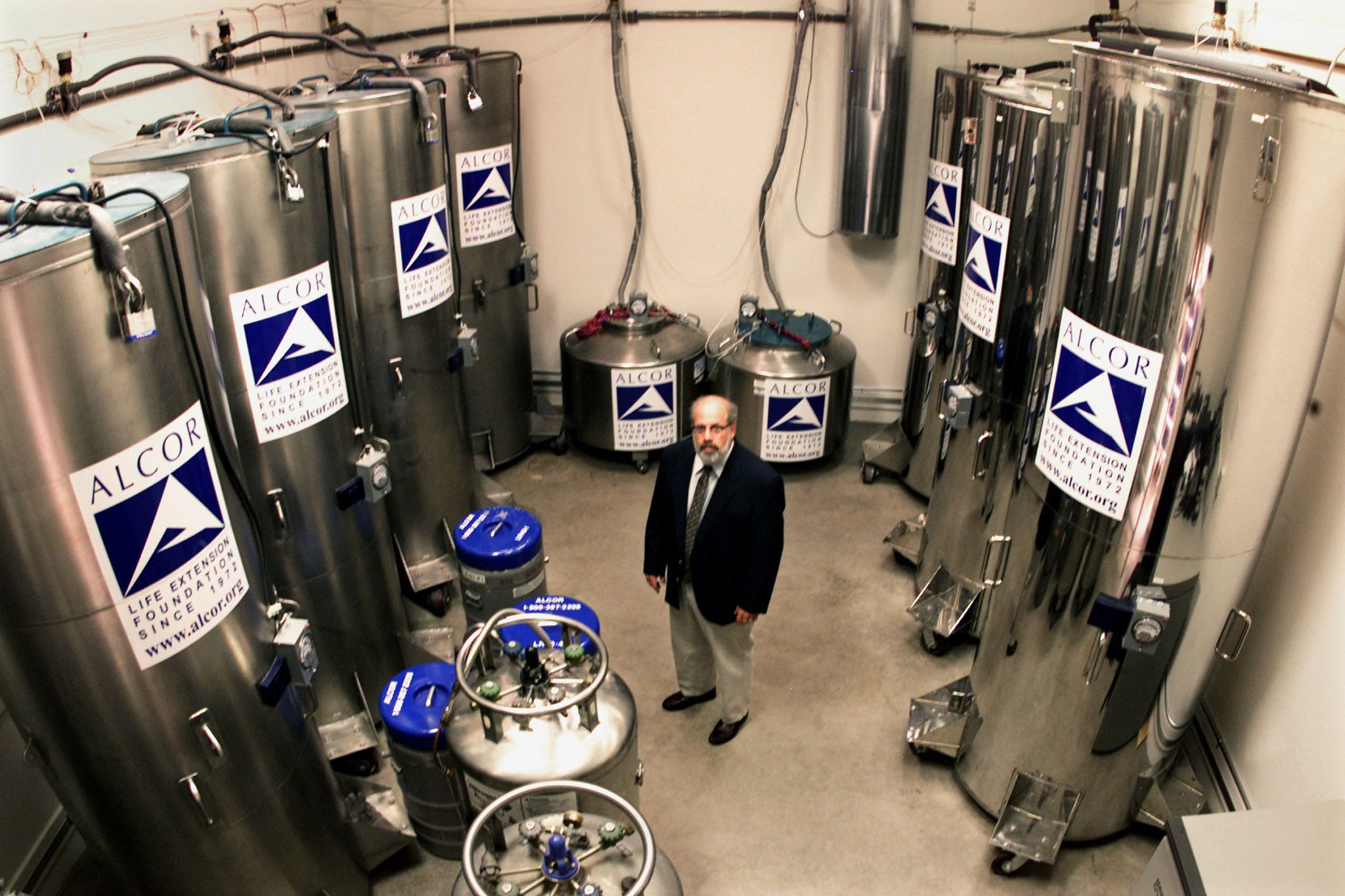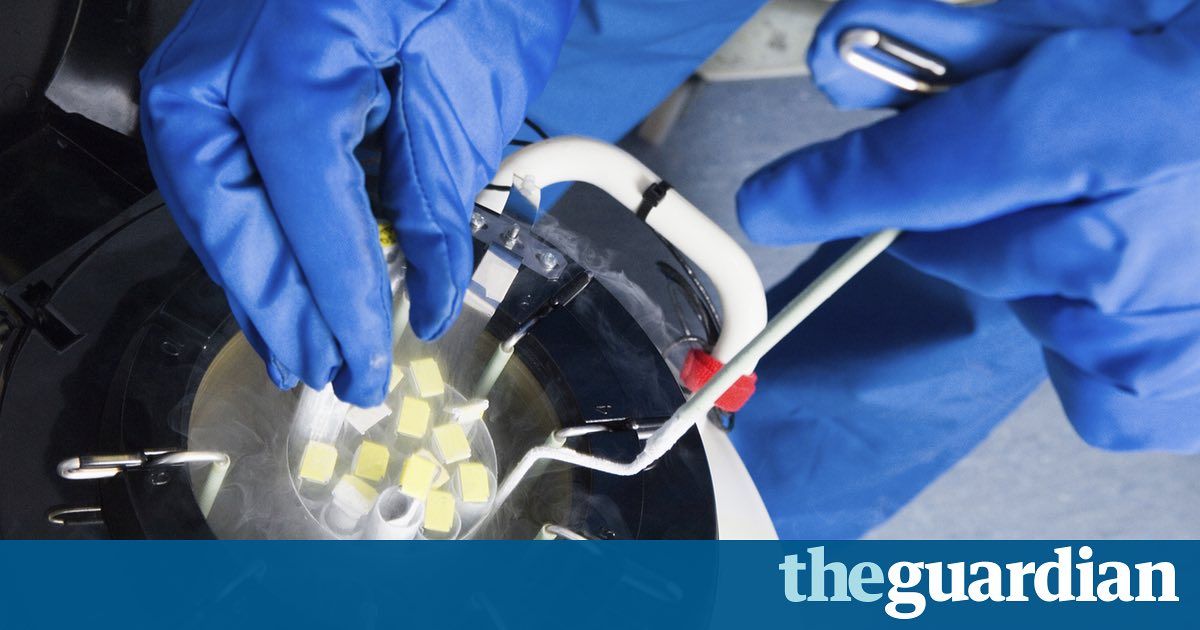Posthumanists and perhaps especially transhumanists tend to downplay the value conflicts that are likely to emerge in the wake of a rapidly changing technoscientific landscape. What follows are six questions and scenarios that are designed to focus thinking by drawing together several tendencies that are not normally related to each other but which nevertheless provide the basis for future value conflicts.
- Will ecological thinking eventuate in an instrumentalization of life? Generally speaking, biology – especially when a nervous system is involved — is more energy efficient when it comes to storing, accessing and processing information than even the best silicon-based computers. While we still don’t quite know why this is the case, we are nevertheless acquiring greater powers of ‘informing’ biological processes through strategic interventions, ranging from correcting ‘genetic errors’ to growing purpose-made organs, including neurons, from stem-cells. In that case, might we not ‘grow’ some organs to function in largely the same capacity as silicon-based computers – especially if it helps to reduce the overall burden that human activity places on the planet? (E.g. the brains in the vats in the film The Minority Report which engage in the precognition of crime.) In other words, this new ‘instrumentalization of life’ may be the most environmentally friendly way to prolong our own survival. But is this a good enough reason? Would these specially created organic thought-beings require legal protection or even rights? The environmental movement has been, generally speaking, against the multiplication of artificial life forms (e.g. the controversies surrounding genetically modified organisms), but in this scenario these life forms would potentially provide a means to achieve ecologically friendly goals.
- Will concerns for social justice force us to enhance animals? We are becoming more capable of recognizing and decoding animal thoughts and feelings, a fact which has helped to bolster those concerned with animal welfare, not to mention ‘animal rights’. At the same time, we are also developing prosthetic devices (of the sort already worn by Steven Hawking) which can enhance the powers of disabled humans so their thoughts and feelings are can be communicated to a wider audience and hence enable them to participate in society more effectively. Might we not wish to apply similar prosthetics to animals – and perhaps even ourselves — in order to facilitate the transaction of thoughts and feelings between humans and animals? This proposal might aim ultimately to secure some mutually agreeable ‘social contract’, whereby animals are incorporated more explicitly in the human life-world — not as merely wards but as something closer to citizens. (See, e.g., Donaldson and Kymlicka’s Zoopolis.) However, would this set of policy initiatives constitute a violation of the animals’ species integrity and simply be a more insidious form of human domination?
- Will human longevity stifle the prospects for social renewal? For the past 150 years, medicine has been preoccupied with the defeat of death, starting from reducing infant mortality to extending the human lifespan indefinitely. However, we also see that as people live longer, healthier lives, they also tend to have fewer children. This has already created a pensions crisis in welfare states, in which the diminishing ranks of the next generation work to sustain people who live long beyond the retirement age. How do we prevent this impending intergenerational conflict? Moreover, precisely because each successive generation enters the world without the burden of the previous generations’ memories, it is better disposed to strike in new directions. All told then, then, should death become discretionary in the future, with a positive revaluation of suicide and euthanasia? Moreover, should people be incentivized to have children as part of a societal innovation strategy?
- Will the end of death trivialize life? A set of trends taken together call into question the finality of death, which is significant because strong normative attitudes against murder and extinction are due largely to the putative irreversibility of these states. Indeed, some have argued that the sanctity – if not the very meaning — of human life itself is intimately related to the finality of death. However, there is a concerted effort to change all this – including cryonics, digital emulations of the brain, DNA-driven ‘de-extinction’ of past species, etc. Should these technologies be allowed to flourish, in effect, to ‘resurrect’ the deceased? As it happens, ‘rights of the dead’ are not recognized in human rights legislation and environmentalists generally oppose introducing new species to the ecology, which would seem to include not only brand new organisms but also those which once roamed the earth.
- Will political systems be capable of delivering on visions of future human income? There are two general visions of how humans will earn their keep in the future, especially in light of what is projected to be mass technologically induced unemployment, which will include many ordinary professional jobs. One would be to provide humans with a ‘universal basic income’ funded by some tax on the producers of labour redundancy in both the industrial and the professional classes. The other vision is that people would be provided regular ‘micropayments’ based on the information they routinely provide over the internet, which is becoming the universal interface for human expression. The first vision cuts against the general ‘lower tax’ and ‘anti-redistributive’ mindset of the post-Cold War era, whereas the latter vision cuts against perceived public preference for the maintenance of privacy in the face of government surveillance. In effect, both visions of future human income demand that the state reinvents its modern role as guarantor of, respectively, welfare and security – yet now against the backdrop of rapid technological change and laissez faire cultural tendencies.
- Will greater information access turn ‘poverty’ into a lifestyle prejudice? Mobile phone penetration is greater in some impoverished parts of Africa and Asia than in the United States and some other developed countries. While this has made the developed world more informationally available to the developing world, the impact of this technology on the latter’s living conditions has been decidedly mixed. Meanwhile as we come to a greater understanding of the physiology of impoverished people, we realize that their nervous systems are well adapted to conditions of extreme stress, as are their cultures more generally. (See e.g. Banerjee and Duflo’s Poor Economics.) In that case, there may come a point when the rationale for ‘development aid’ might disappear, and ‘poverty’ itself may be seen as a prejudicial term. Of course, the developing world may continue to require external assistance in dealing with wars and other (by their standards) extreme conditions, just as any other society might. But otherwise, we might decide in an anti-paternalistic spirit that they should be seen as sufficiently knowledgeable of their own interests to be able to lead what people in the developed world might generally regard as a suboptimal existence – one in which, say, the life expectancies between those in the developing and developed worlds remain significant and quite possibly increase over time.







